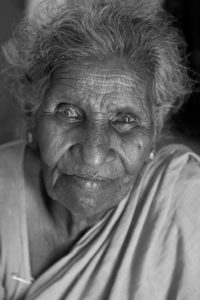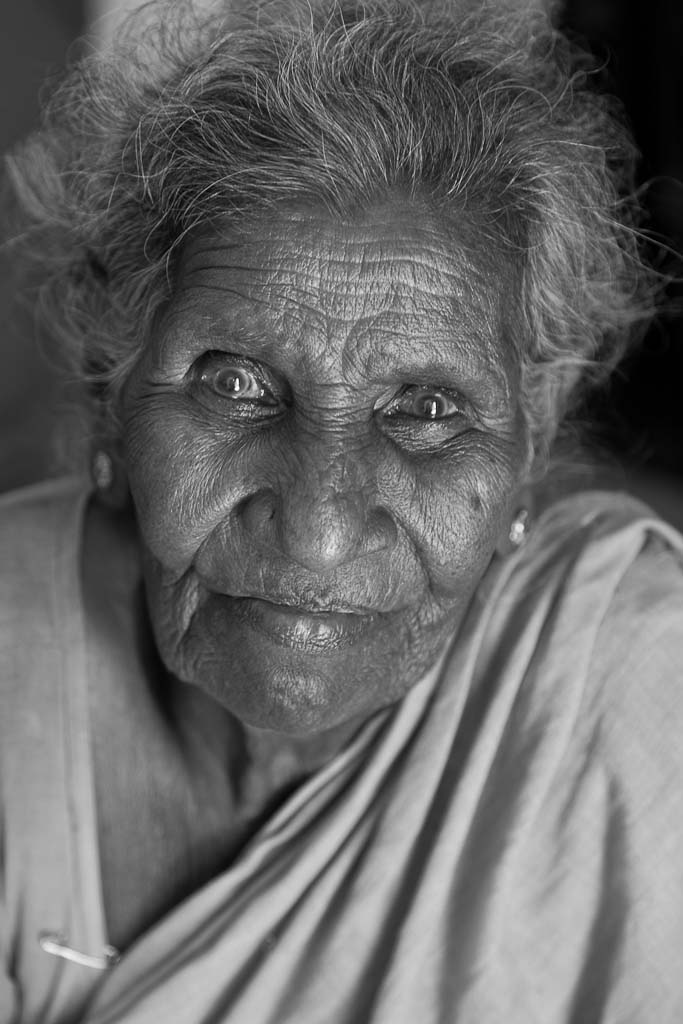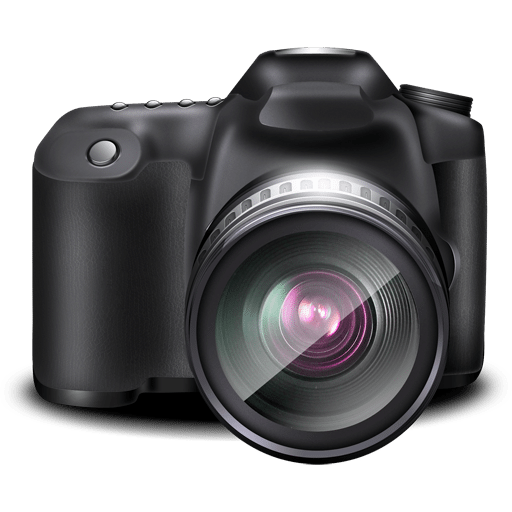Simplicity. The Key to Making Great Portraits
Bright eyes, dimmed not by age. This was very much my thinking when I photographed this elderly woman in a small village at the foot of St. Thomas Mount in Chennai (Madras), India.
I photographed her under lovely, soft light in an attempt to bring out the full expressive nature of her face. And while the picture is sharp and made from a relatively close distance, the soft nature of the light renders the changing tonality and wrinkled nature of her skin in a very flattering manner. Her skin simply glows. And no fancy filters, either on camera or on the desktop, nor makeup was required to achieve the result.
What's more the process of introducing myself, asking permission and making the picture probably took less than 2 minutes. Speed is an essential element in making portraits that appear natural and unposed. The reality is that the above photo is a deliberate, constructed moment. But, as a moment in time, it conveys 3 lifetimes of experience: that of the photographer, the subject and the viewer.
As the intention of the image is to convey two distinctly different kinds of beauty, surface and inner, I needed to concentrate my composition on my subject's face. Including information from her surroundings would, in this case, have been superfluous.
This is why I chose to make the image, from a relatively close distance, with the camera set to portrait orientation. An aperture of f4 provided me with a depth of field (DOF) shallow enough to place further emphasis on her eyes and face.
 The trick to making great portraits is simplicity, and that's as true for technique as it is for composition and gesture. I can never understand why so many folks are unable to just see the light and move the subject into that light.
The trick to making great portraits is simplicity, and that's as true for technique as it is for composition and gesture. I can never understand why so many folks are unable to just see the light and move the subject into that light.
I guess that the less confident we are, and I don't just mean in the more technical aspects of photography, the more emphasize we place on equipment. Being nervous or awkward around strangers is one thing, but trying to cope with that by introducing great big lenses that, due to the camera-to-subject distance required to make the photo, largely negate your ability to interact with your subject.
And why on earth someone would want to use a flash under such circumstances is beyond me. Rather than trying to mimic natural light, through equipment and technology, why not just learn to see it and use it. At the very least you'll appreciate the difference in weight in your carry-on baggage.
The word photography comes to us from Ancient Greek. Photo translates as light while graphy means writing, drawing or painting. So, as photographers, we are literally painting with light. I believe this to be the most fundamental principle that underpins my approach to photography.
I am both inspired and motivated by light. It is the transforming and, sometimes, transcendental nature of light not people, landscapes or buildings that is the primary subject matter of my photography.
Is that thought not worthy of consideration?
[box]
Written by: Glenn Guy, Travel Photography Guru
Email: glenn@travelphotographyguru.





Very nice, very authentic portrait. Thanks for sharing and sharing you viewpoint
Very beautiful portrait. Thanks for positing it at a size where we can explore the detail. It really came to life when I clicked on it and made me think about using natural light more.